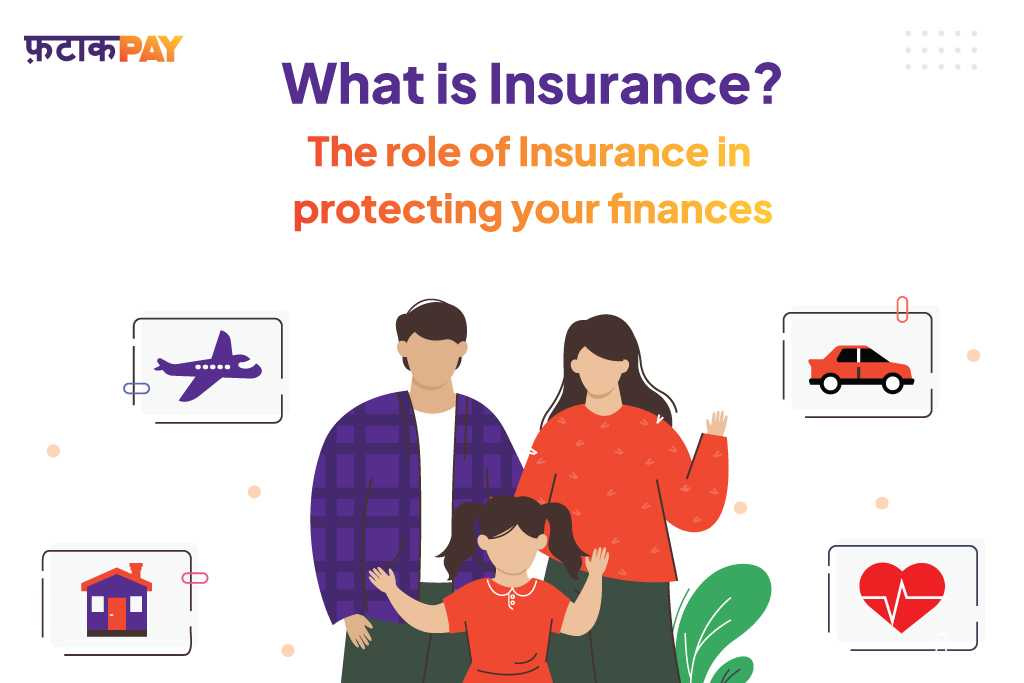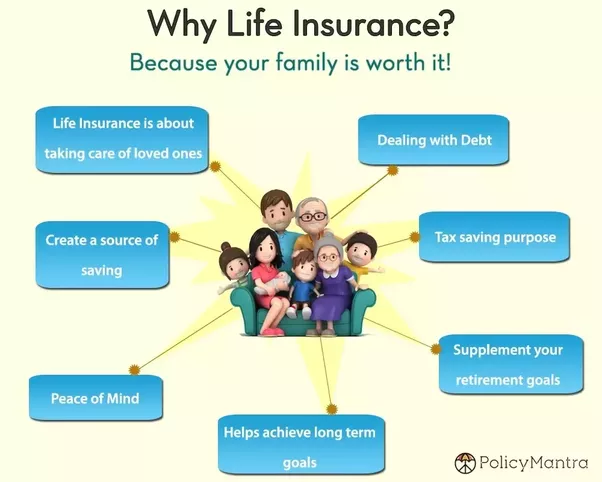Facts About Pacific Prime Uncovered
Table of ContentsHow Pacific Prime can Save You Time, Stress, and Money.Some Of Pacific PrimeSome Known Questions About Pacific Prime.4 Simple Techniques For Pacific Prime
In many states, the insurance firm is needed to send you a copy of the modifications to your plan. It is important that you review Recommendations or Riders so you recognize exactly how your policy has changed and if the policy is still adequate to meet your requirements. To acquire a copy of your insurance policy, please contact your insurance policy agent or company.
The Institute of Medication (IOM) Committee on the Consequences of Uninsurance launches an extensive exam of proof that addresses the importance of medical insurance protection with the magazine of this report. Insurance coverage Issues is the first in a series of six records that will be provided over the next two years recording the reality and effects of having an approximated 40 million people in the United States without medical insurance protection.

Little Known Questions About Pacific Prime.
The goal of this collection of researches is to refocus policy attention on a longstanding issue. Complying with the longest financial expansion in American background, in 1999, an estimated one out of every six Americans32 million adults under the age of 65 and greater than 10 million childrenremains uninsured (Mills, 2000).
:max_bytes(150000):strip_icc()/terms_i_insurance_FINAL_-3556393b3bbf483e9bc8ad9b707641e4.jpg)
Ten percent of the population accounts for 70 percent of health treatment expenditures, a correlation that has stayed continuous over the previous three years (Berk and Monheit, 2001) - global health insurance. Therefore health insurance policy remains to serve the function of spreading out risk even as it significantly finances routine treatment. From the point of view of wellness treatment providers, insurance coverage brought by their clients helps secure a revenue stream, and neighborhoods take advantage of financially feasible and secure healthcare specialists and institutions
Government provides health and wellness insurance policy to populations whom the personal market may not serve efficiently, such as handicapped and senior citizens, and populations whose accessibility to health and wellness care is socially valued, such as kids and expectant females. The best ends of medical insurance coverage for the specific and areas, including work environment areas of employees and employers, are boosted wellness end results and lifestyle.
Excitement About Pacific Prime
Workers place wellness insurance policy initially by much in value amongst all the advantages provided in the work environment (Salisbury, 2001). Although there have been substantial financial investments of individual and public funds to offer medical insurance, numerous people still have no protection. Despite substantial reporting of survey findings and health and wellness care research results, the public continues to be confused and mistaken concerning Americans without medical insurance and the implications of doing not have coverage.

Without doubt, the intricacy of American healthcare financing devices and the wide range of sources of information add to the general public's complication and uncertainty about medical insurance statistics and their analysis. This record and those that will certainly adhere to goal to distill and present in conveniently understandable terms the considerable research that bears on inquiries of medical insurance coverage and its relevance.
Fifty-seven percent of Americans polled in 1999 thought that those without medical insurance are "able to obtain the care they need from doctors and healthcare facilities" (Blendon et al., 1999, p. 207). In 1993, when nationwide attention was concentrated on the issues of the uninsured and on pending healthcare regulations, just 43 percent of those polled held this belief (Blendon et al., 1999).

They also receive fewer precautionary services and are much less most likely to have normal look after persistent problems such as hypertension and diabetic issues. Chronic illness can bring about pricey and disabling difficulties if they are not well managed (Lurie et al., 1984; Lurie et al., 1986; Ayanian et al., 2000). One national study asked more than 3,400 grownups concerning 15 very significant or morbid conditions.
Pacific Prime Fundamentals Explained
Additional evidence exists later in this chapter in the conversation of insurance coverage and access to healthcare. https://penzu.com/p/79996ae8dade0171. People without medical insurance are young and healthy and choose to go without insurance coverage. Virtually fifty percent (43 percent) of those evaluated in 2000 thought that individuals without medical insurance are most likely to have health issue than people with insurance policy
Voters and plan makers in focus group discussions identify those without insurance as young people that have the opportunity to be covered and feel they do not require it (Doorperson Novelli, 2001). Contrasted to those with at the very least some private protection, the without insurance are less likely to report being in outstanding or excellent health and wellness (Company for Health Care Research and Quality, 2001).
SOURCE: Facility for Cost and Financing Studies, Firm for Healthcare Study and Quality, based upon MEPS data. Young adults between 19 and 34 are even more likely to do not have medical insurance than any other age. This is primarily because they are much less frequently eligible for employment-based insurance policy due to the nature of their task or their short tenure in it.
The understanding that individuals without insurance policy have better-than-average health and wellness complies with from puzzling the fairly young age account of the uninsured with the much better health, typically, of more youthful individuals. This obscures the web link in between health and wellness condition and health and wellness insurance policy. For those without accessibility to work environment health insurance policy, poor health is a possible barrier to buying nongroup insurance coverage since such insurance coverage may be try here highly valued, omit pre-existing conditions, or be merely unavailable.